 Abraham Lincoln
If given the truth, the people can be depended upon to meet any national crisis...
Abraham Lincoln
If given the truth, the people can be depended upon to meet any national crisis...
 Guildford news...
for Guildford people, brought to you by Guildford reporters - Guildford's own news service
Guildford news...
for Guildford people, brought to you by Guildford reporters - Guildford's own news service
Birdwatcher’s Diary No.49
Published on: 15 Nov, 2013
Updated on: 15 Nov, 2013
By Malcolm Fincham
Continuing from my previous report, I decided to take another trip to Thursley Common in the hope of capturing some up to date pictures for myself and my readers of the great grey shrike that has continued to show well on a few occasions – especially the times when I haven’t been present.
My wife, for some unknown reason, was beginning to think it was becoming a bit of an obsession. Fortunately, being long suffering but kindly in nature, and despite needing the car to go shopping with my daughter, she relented to dropping me off there at the Moat car park just before midday on Sunday, November 3. She left with a half promise of trying to remember to pick me up before it got dark.
With rain teeming down as we drove there, I was beginning to regret my optimism. But I was grateful that it turned out to be just a passing shower and by the time I was walking across the heathland the sun was once again shining.
Arriving on top shrike hill, looking west, back towards the car park, a huge flock of well over 1,000 wood pigeon could be seen flying in a northerly direction. This was not quite the 14,900 wood pigeon I later learned were counted passing over the London Wetlands Centre in Barnes, but still impressive all the same.
These are all considered to be UK birds. Being a very gregarious species, especially at this time of year, they join up in something described by some as ‘weather movement’, to spend the winter in our southern counties.
I was soon joined by a number of other birdwatchers from neighbouring counties all hoping to get views of a most welcome winter visitor – the great grey shrike. Thursley is one of the most reliable places in UK to see one. Being on top of a hill, we were able to get good panoramic views across the heathland and soon picked it out on the west ridge of the hill.
Satisfied with my views of the bird (although distant), I took a slow walk back along the path at the base of the hill with half a hope I might get a even closer glimpse and perhaps a photo.
My wishes turned to reality when I came to a clearing in the trees and there no more than 30 yards away he sat on top of a dead silver birch stump.
Not hindered by my arrival, he flew down into the heather and returned to the same stump with a small bug of some kind in his mouth.
Remaining dead still while taking as many pictures as I could, I continued to observe as he then flew high above the ground. There he hovered like a kestrel – a trait that I’ve never witnessed a shrike do before.
He then dived back into the heather, then flew high into a lone pine to consume another beetle-shaped victim of some kind. Marvelling at my delight, and with a smile on my face, my only regret was missing out on a record shot when I heard the distinctive ‘jip, jip, jip’ call of four crossbills as they flew over as I made my way back to the car park. My biggest relief had to be that my wife remembered to pick me up!
Throughout my travels the following week I continued to see plenty of both redwing and fieldfare in rural areas on the outskirts of Guildford. Now more often at lower levels and in smaller groups, though still very timid and often flushed from bushes and trees as they fed on berries as I drove by them.
This reminded me of a few years back when a sparrowhawk used to regularly fly along a particular country lane in front of my van, using me to flush out a bird so as to prey on. This is something I have since read that they are known to do near railway lines, although not actually in front of the trains.
Having not visited Pulborough Brooks RSPB Reserve in West Sussex since my report back in August, I decided to make the most of a rare of late glorious day of sunshine on Sunday, November 11, and to treat my wife to lunch at the visitor centre there.
With plenty of rain over the last few weeks, the water levels were now a lot higher on the brooks and able to sustain the many winter wildfowl that have now started to arrive – including wigeon, shoveler, teal and pintail.
Although the peregrine wasn’t perched in her usual spot overlooking them on this occasion, I was pleased to get good views and a few record shots of a red kite as it drifted over.
The usual sight of the herds of dark fallow deer that roam the resreve could also be seen on the drier areas of the brook, which is all part of the River Arun floodplain.
And to end the walk and round the day off it was back to the visitor centre for coffee and cake and to watch the variety of birds visiting their feeders.
Recent Articles
- A Splashing Time at Guildford Lions Club’s Raft Race 2025
- Stoke Park Paddling Pool Is Open Again Following Safety Investigation
- Ash Care Home Proposal For Vacant Bewley Site Moves To Next Stage
- ‘Long-anticipated’ Waverley Skate Park Planned for Cranleigh
- Men In Their 60s Arrested After Fight At Newlands Corner
- New Cancer Charity Offers Support To Patients On Road To Recovery
- Councillor Calls on Colleagues To Stop Patronising Parents of SEND Children
- ‘Catapults Must Be Treated Like Knives’ Says Deputy Police Commissioner
- New Study Shows Promise In The Diagnosis of Poor Blood Circulation
- Fake News To Be Examined at the Guildford Institute



Search in Site
Media Gallery
Dragon Interview: Local Artist Leaves Her Mark At One of England’s Most Historic Buildings
January 21, 2023 / No Comment / Read MoreDragon Interview: Lib Dem Planning Chair: ‘Current Policy Doesn’t Work for Local People’
January 19, 2023 / No Comment / Read MoreA3 Tunnel in Guildford ‘Necessary’ for New Homes, Says Guildford’s MP
January 10, 2023 / No Comment / Read More‘Madness’ for London Road Scheme to Go Ahead Against ‘Huge Opposition’, Says SCC Leader
January 6, 2023 / No Comment / Read MoreCouncillor’s Son Starts Campaign for More Consultation on North Street Plan
December 30, 2022 / No Comment / Read MoreCounty Council Climbs Down Over London Road Works – Further ‘Engagement’ Period Announced
December 14, 2022 / No Comment / Read MoreDragon Interview: GBC Reaction to the Government’s Expected Decision to Relax Housing Targets
December 7, 2022 / No Comment / Read MoreHow Can Our Town Centre Businesses Recover? Watch the Shop Front Debate
May 18, 2020 / No Comment / Read More



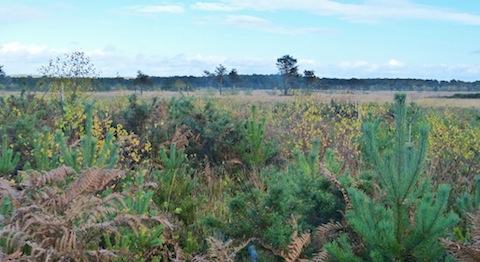
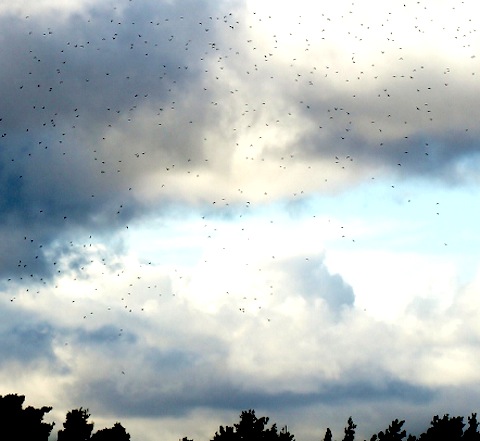

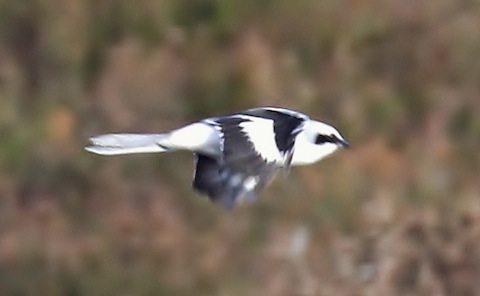
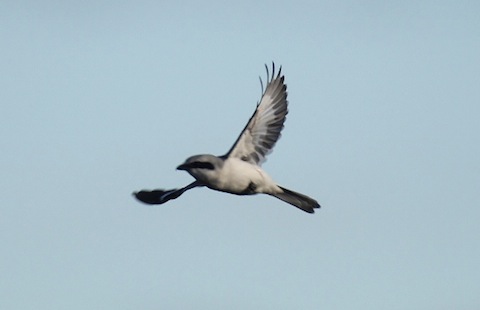
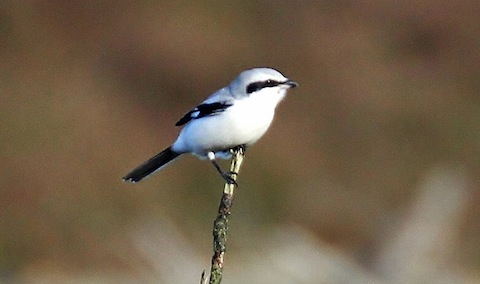
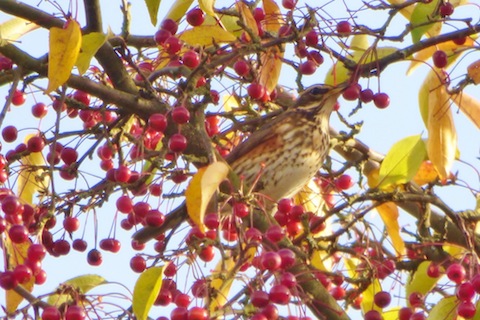
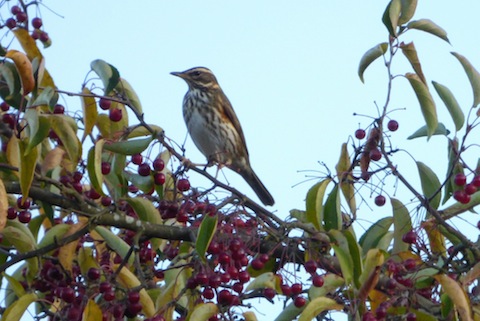
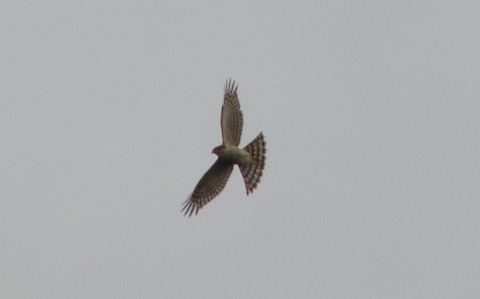

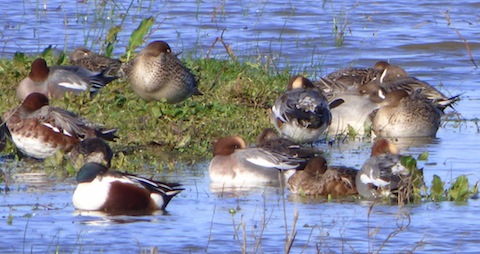
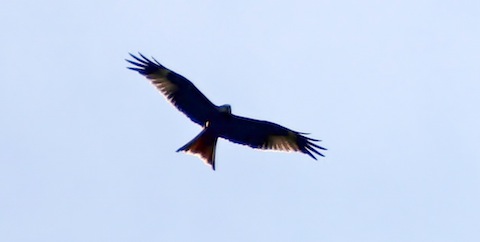
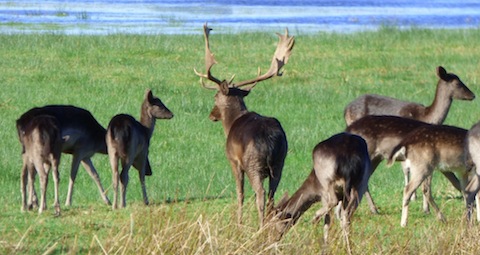
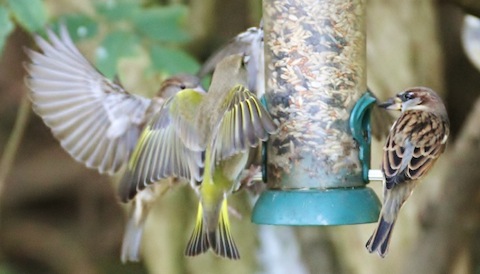

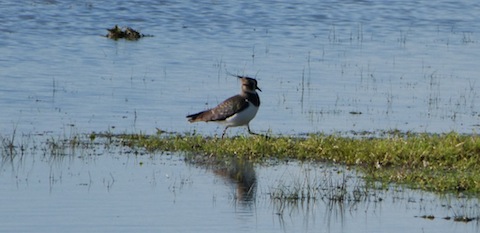









Recent Comments